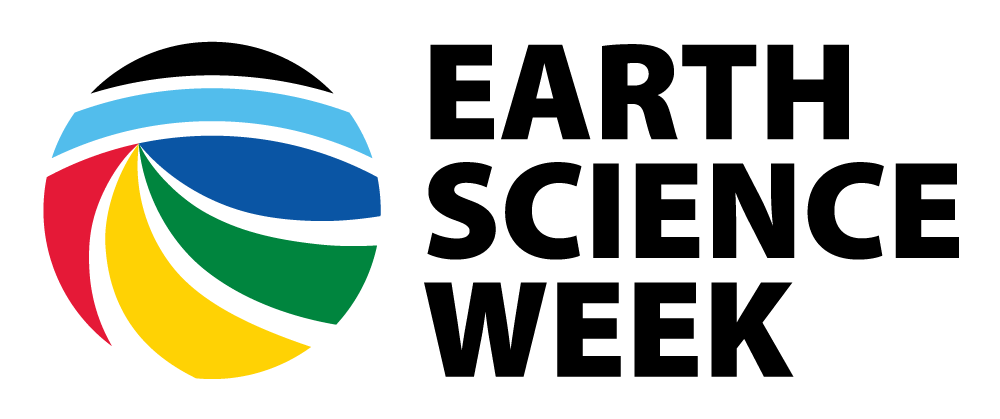Enliven Data With Art Activity Source: Science Friday, Adapted with permission.
There are many reasons people look to art for expression. Art is a means to express emotion, document events, and convey information. In this exercise, you will select a scientific graph that addresses an important real-world issue, create an illustrated graph from that original, and craft an effective artist’s statement that connects the two. Once you’re done, keep an eye out for other ways you can merge science with art.
[Read More]
Erosion in a Bottle
Erosion in a Bottle Activity Source: Source: Soil Science Society of America.
Adapted with permission.
Soil erosion is the process of moving soil by water or wind — this happens naturally or through human interference. Preventing soil erosion is important because nutrients are lost, and sediment that accumulates in waterways impacts life there. Conserving soil depends on how it is protected by plants and coverings.
You will model erosion by water and compare the amounts of runoff and soil loss generated from three different ground cover types.
[Read More]
Exploring 'Wild' Places with GIS
Exploring ‘Wild’ Places with GIS ESRI
Activity Source: ESRI, 2008. Adapted with permission.
Does your neighborhood have “wild” places? What’s “wild”? What’s the personality of the environment between home and school? What’s there? How do you relate to it? How does your perspective of local geography change between being on the ground and exploring from above?
Regardless of where you live, engaging with the landscape means exploring spatial relationships between human and natural phenomena.
[Read More]
Exploring Caves
Exploring Change with GIS
Exploring Change with GIS Activity Source: ESRI. Adapted with permission.
On our ever-changing Earth, conditions may change quickly or slowly. Some changes come from natural processes; some from human activity. Satellites allow us to see conditions and track changes over time — in land use, forest health, land/water interface, and so on. Since 1972, Landsat satellites have been collecting data using various portions of the visible and invisible electromagnetic spectrum, at a scale close enough to see highways, but not individual buildings on a city block.
[Read More]
Exploring Climate Change with GIS
Exploring Climate Change with GIS Activity Source: ESRI. Adapted with permission.
Earth’s climate is a product of and is affected by many things—and it’s changing. Long-term and short-term processes, such as plate tectonics and volcanism, contribute to climate. Likewise, human influences, such as rising CO2 levels from fossil fuel burning and deforestation, play active roles.
The expression of climate change is seen in a variety of forms: Erratic weather patterns and rising sea levels are among the most discussed.
[Read More]
Exploring Color Maps
Exploring Color Maps Activity Source: NASA. Adapted with permission.
Blue landmasses? Green clouds? Red ice shelves? Maybe you’ve seen a colorful map and said to yourself, that’s not how it looks in real life!
A color-mapped image may have puzzling colors like these because scientists used different colors to represent data. Color is one of the tools that scientists use to visualize data about complex phenomena, from storm intensity to land surface temperature or the heights of underwater geologic formations.
[Read More]
Exploring Energy with GIS
Exploring Energy with GIS Activity Source: ESRI. Adapted with permission.
Locating crucial energy resources involves examining phenomena under, on, and above Earth’s surface. Some of these phenomena change frequently, such as winds. Others, such as oil and coal deposits, are products of long series of geologic processes. Yet all are geographic in nature — they occur in specific places for specific reasons. To determine the best regions to explore for new natural gas deposits, to determine the ideal places for wind farms, or to locate the best rooftops for solar panels in a city, Geographic Information System (GIS) technology and methods are vital.
[Read More]
Exploring for Petroleum - Modeling an Oil Reserve
Exploring for Petroleum - Modeling an Oil Reserve Activity Source: Adapted from “Earth System Science in the Community,” American Geosciences Institute, 2005
Background Since 1970, oil and natural gas have provided more than half of the energy used each year in the United States to produce electricity, heat, transportation fuels, and many everyday products from balloons to vitamins. Oil and natural gas are forms of petroleum, a word that literally means “oily rock.
[Read More]
Exploring Geoheritage From Space
Exploring Geoheritage From Space Activity Source: Adapted with permission by NASA.
Great images of geoheritage sites can be found everywhere. But no one holding a camera on Earth can “back away” far enough to get the extraordinary perspective captured by NASA satellites. In celebration of Earth Science Week 2016, NASA’s Earth Observatory has created a special collection of images and articles showcasing geoheritage sites in America’s National Parks.
Two such sites are Yellowstone National Park (Wyoming/Montana/Idaho) and Hot Springs National Park (Arkansas).
[Read More]

